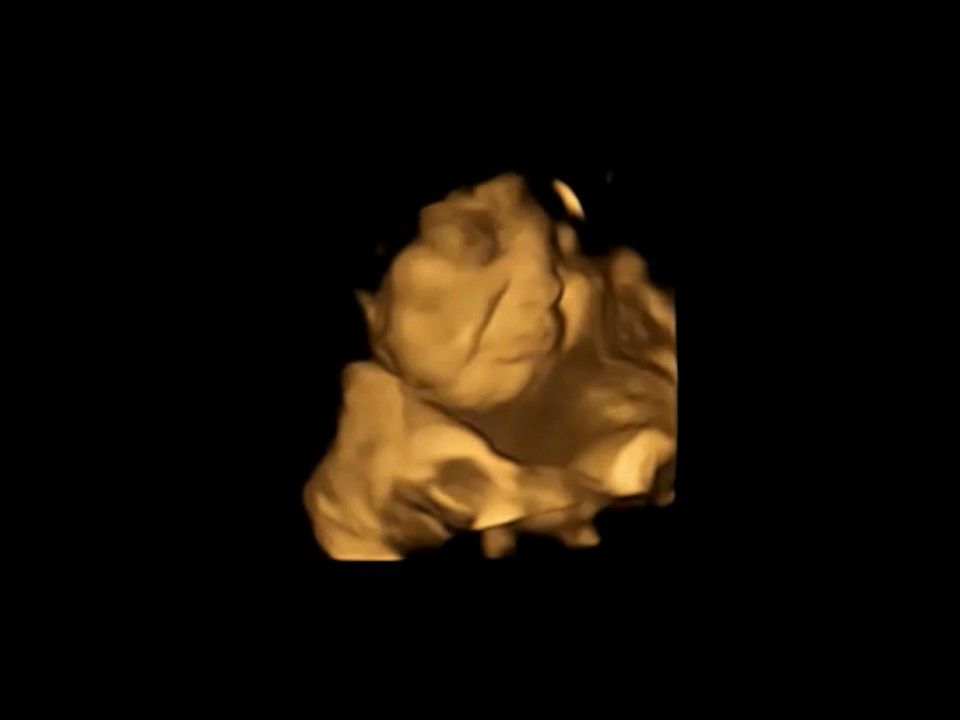Our psychologists have shown the first direct evidence that babies react differently to various smells and tastes while in the womb by looking at their facial expressions.
Their research has made headlines around the world. Research lead author and PhD research student Beyza Ustun and co-author Professor Nadja Reissland, of our Fetal and Neonatal Research Lab, tell us more.

L-r: Research lead author and PhD research student Beyza Ustun and co-author Professor Nadja Reissland
Tell us about your research.
We know that what a mother eats during pregnancy will influence food preferences after birth (e.g. Schaal et al, 2000). These types of studies show indirectly that fetuses have been influenced in their taste preferences by the food the mother has eaten.
What is new in our study and has not been demonstrated before is that fetuses show specific fetal facial reactions to two different types of distinctive flavours, kale and carrot. In our study, 100 fetuses were exposed at two time points during pregnancy (at 32- and 36-weeks gestation) to either carrot or kale flavours with a control group not receiving any flavours. These fetal facial reactions were visualized using 4D ultrasound scans which were recorded for offline analysis.
We found that the “laughter-face” facial reaction was significantly more often seen when exposed to carrot and the “cry-face” reaction when exposed to kale. These results are the first direct evidence of fetal responses to flavours of bitter and non-bitter food eaten by the mother.

What have been the benefits of communicating your work to the public?
These results provided for the academic and non-academic community a talking point on radio, TV, newspapers, social media, podcasts, and blogs around the world. This widespread interest might mean that we could use our results to educate especially pregnant women, but also their wider family-friend circles, about the influence of food intake on unborn babies.
The evidence of this study suggests that there is potential to change infant and ultimately child preferences to healthy green, often bitter-tasting vegetables before they are born by repeated maternal exposure of these healthy vegetables during pregnancy. This is a question which needs more research and is what we are hoping to get funded next.
What do you plan to do next?
We are now in the follow-up stage of this study. We asked the mothers who had undergone ultrasound scans at 32 and 36-weeks’ gestation to consume further kale or carrot flavour capsules once a day during their last three weeks of pregnancy. We visited the mothers and their new-born babies when they were around one month old and videotaped babies’ reactions to kale, carrot, or water smells.
The analysis of these videos is still ongoing, but we expect to see fewer cry-face reactions to kale if fetuses were exposed to kale in the womb because of their habituation to the bitter taste before they were born. We plan to apply for grants to have a longer-term follow up including breastfeeding, weaning periods and toddler stage to establish whether being exposed to the bitter and non-bitter flavours will affect healthy eating habits.
